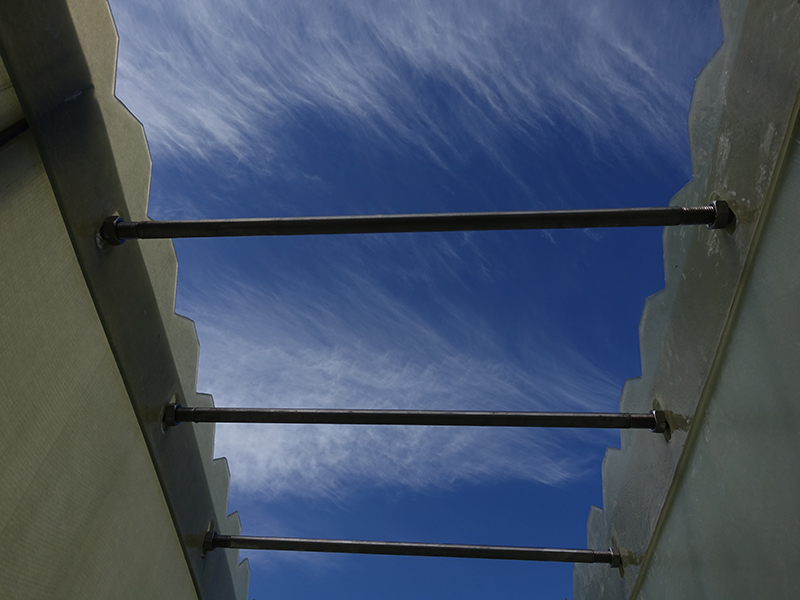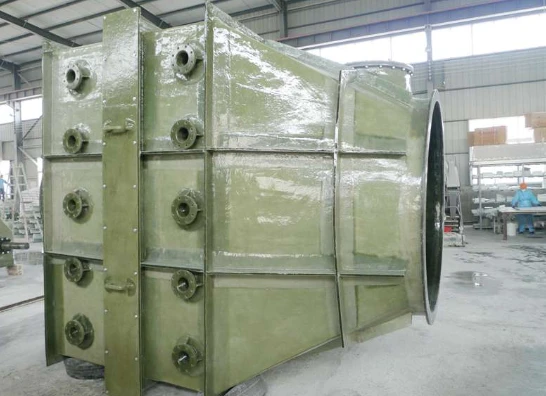
-
 Afrikaans
Afrikaans -
 Albanian
Albanian -
 Amharic
Amharic -
 Arabic
Arabic -
 Armenian
Armenian -
 Azerbaijani
Azerbaijani -
 Basque
Basque -
 Belarusian
Belarusian -
 Bengali
Bengali -
 Bosnian
Bosnian -
 Bulgarian
Bulgarian -
 Catalan
Catalan -
 Cebuano
Cebuano -
 China
China -
 China (Taiwan)
China (Taiwan) -
 Corsican
Corsican -
 Croatian
Croatian -
 Czech
Czech -
 Danish
Danish -
 Dutch
Dutch -
 English
English -
 Esperanto
Esperanto -
 Estonian
Estonian -
 Finnish
Finnish -
 French
French -
 Frisian
Frisian -
 Galician
Galician -
 Georgian
Georgian -
 German
German -
 Greek
Greek -
 Gujarati
Gujarati -
 Haitian Creole
Haitian Creole -
 hausa
hausa -
 hawaiian
hawaiian -
 Hebrew
Hebrew -
 Hindi
Hindi -
 Miao
Miao -
 Hungarian
Hungarian -
 Icelandic
Icelandic -
 igbo
igbo -
 Indonesian
Indonesian -
 irish
irish -
 Italian
Italian -
 Japanese
Japanese -
 Javanese
Javanese -
 Kannada
Kannada -
 kazakh
kazakh -
 Khmer
Khmer -
 Rwandese
Rwandese -
 Korean
Korean -
 Kurdish
Kurdish -
 Kyrgyz
Kyrgyz -
 Lao
Lao -
 Latin
Latin -
 Latvian
Latvian -
 Lithuanian
Lithuanian -
 Luxembourgish
Luxembourgish -
 Macedonian
Macedonian -
 Malgashi
Malgashi -
 Malay
Malay -
 Malayalam
Malayalam -
 Maltese
Maltese -
 Maori
Maori -
 Marathi
Marathi -
 Mongolian
Mongolian -
 Myanmar
Myanmar -
 Nepali
Nepali -
 Norwegian
Norwegian -
 Norwegian
Norwegian -
 Occitan
Occitan -
 Pashto
Pashto -
 Persian
Persian -
 Polish
Polish -
 Portuguese
Portuguese -
 Punjabi
Punjabi -
 Romanian
Romanian -
 Russian
Russian -
 Samoan
Samoan -
 Scottish Gaelic
Scottish Gaelic -
 Serbian
Serbian -
 Sesotho
Sesotho -
 Shona
Shona -
 Sindhi
Sindhi -
 Sinhala
Sinhala -
 Slovak
Slovak -
 Slovenian
Slovenian -
 Somali
Somali -
 Spanish
Spanish -
 Sundanese
Sundanese -
 Swahili
Swahili -
 Swedish
Swedish -
 Tagalog
Tagalog -
 Tajik
Tajik -
 Tamil
Tamil -
 Tatar
Tatar -
 Telugu
Telugu -
 Thai
Thai -
 Turkish
Turkish -
 Turkmen
Turkmen -
 Ukrainian
Ukrainian -
 Urdu
Urdu -
 Uighur
Uighur -
 Uzbek
Uzbek -
 Vietnamese
Vietnamese -
 Welsh
Welsh -
 Bantu
Bantu -
 Yiddish
Yiddish -
 Yoruba
Yoruba -
 Zulu
Zulu
Feb . 15, 2025 10:04
Back to list
frp fittings
FRP (Fiber Reinforced Plastic) fittings have emerged as a cornerstone in the realm of modern construction and industrial applications due to their excellent properties such as corrosion resistance, lightweight, and high strength-to-weight ratio. These fittings represent a remarkable advancement over traditional metallic counterparts, bringing forth substantial benefits across various industries including chemical processing, waste treatment, and marine infrastructures.
The authoritative nature of FRP fittings in regulatory frameworks cannot be overlooked. Various industry standards and codes, such as the ASME RTP-1 and ASTM D2310, provide stringent guidelines that govern the fabrication and applications of FRP fittings. Compliance with these standards is imperative, underpinning the fittings' credibility and ensuring their acceptance in critical applications. This adherence to regulatory standards is a testament to the reliability and durability of FRP fittings, reinforcing trust among businesses and engineers alike. Trustworthiness in the long-term performance of FRP fittings is further corroborated by extensive case studies and empirical data. In seawater desalination plants, for instance, the use of FRP fittings has consistently demonstrated reduced maintenance requirements and improved system efficiency over decades of operation. This trust is also reflected in the growing preference for FRP solutions in emerging markets, where infrastructure demands call for cost-efficient yet durable piping systems. In summary, FRP fittings are rapidly becoming the material of choice in various industries due to their superior qualities. Their resistance to corrosion, ease of installation, and adherence to strict safety and quality standards reflect a blend of experience and expertise that stands unmatched. As the market continues to evolve, the adoption of FRP fittings is set to expand further, driven by a mounting demand for sustainable and efficient piping systems. For stakeholders keen on optimizing infrastructure reliability while managing costs, FRP fittings present an invaluable solution, balancing innovation with practicality.


The authoritative nature of FRP fittings in regulatory frameworks cannot be overlooked. Various industry standards and codes, such as the ASME RTP-1 and ASTM D2310, provide stringent guidelines that govern the fabrication and applications of FRP fittings. Compliance with these standards is imperative, underpinning the fittings' credibility and ensuring their acceptance in critical applications. This adherence to regulatory standards is a testament to the reliability and durability of FRP fittings, reinforcing trust among businesses and engineers alike. Trustworthiness in the long-term performance of FRP fittings is further corroborated by extensive case studies and empirical data. In seawater desalination plants, for instance, the use of FRP fittings has consistently demonstrated reduced maintenance requirements and improved system efficiency over decades of operation. This trust is also reflected in the growing preference for FRP solutions in emerging markets, where infrastructure demands call for cost-efficient yet durable piping systems. In summary, FRP fittings are rapidly becoming the material of choice in various industries due to their superior qualities. Their resistance to corrosion, ease of installation, and adherence to strict safety and quality standards reflect a blend of experience and expertise that stands unmatched. As the market continues to evolve, the adoption of FRP fittings is set to expand further, driven by a mounting demand for sustainable and efficient piping systems. For stakeholders keen on optimizing infrastructure reliability while managing costs, FRP fittings present an invaluable solution, balancing innovation with practicality.
Next:
Related Products









